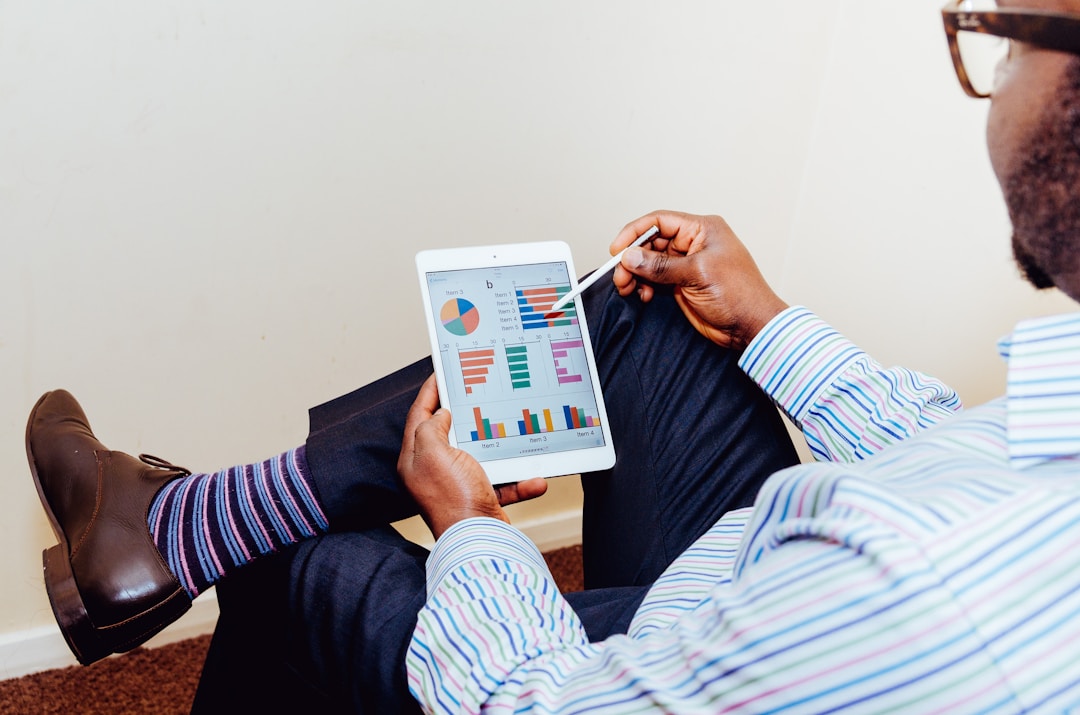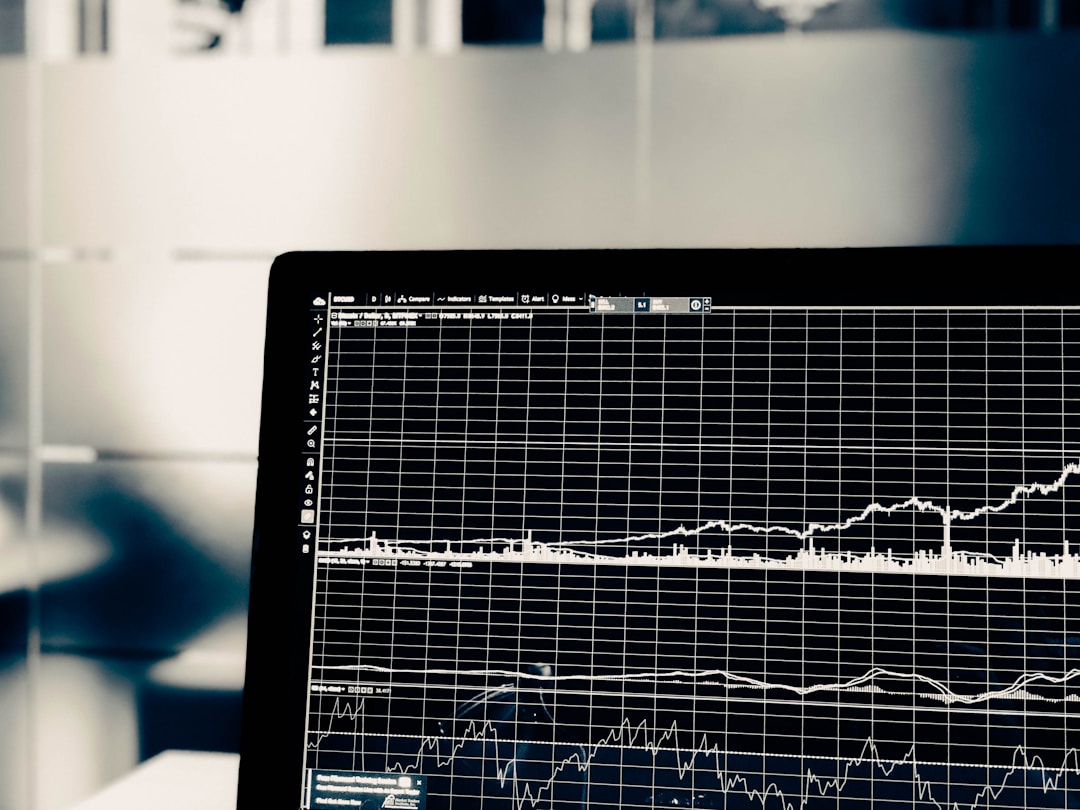With more strides being made in data management and digital innovation, there’s a greater need than ever for companies to have a leg up on their competition via their numbers.
Real-time analytics are becoming a necessity from expanding supply chains to motivating decisions on business processes, moving on from physical information to electronic access. This real-world data is being replicated online in the form of what’s known as a digital twin.
What is a digital twin?

A digital twin is when every process, service, or physical product gets a digital form or representation. This allows for a physical product to then be evaluated and manipulated based on analysis of that digital twin in a variety of environments. The concept of digital twins allows for use of real-world information and data to create simulations via computer programs and machine learning. This is then integrated into the Internet of Things, artificial intelligence, and software analytics all in an effort to enhance output through digital technology.
There are different variations of a digital twin. For example, product twins are digital models of separate products. This allows for easier product development, not needing to have a physical product made to make any necessary adjustments based on market trends or suggestions throughout a company.
Process twins are digital models of those manufacturing processes. These models may work in varying scenarios, allowing businesses to evaluate their functionality. This can even allow some companies to have preventive maintenance systems in place in accordance with strategic technology trends.
Digital Twin Application

The digital twin concept has become embraced by most business sectors as a way of helping with the accurate prediction of the current and future state of physical assets. In the manufacturing industry, a digital twin creates an efficient design model that will improve maintenance and upgrades without the need to produce that new prototype.
This reduces production times and overhead costs significantly. Digital twin models are used by the automobile industry to capture behavioral and operational data that analyzes the overall functioning and performance levels of vehicles based on product design and customer satisfaction trends.
In the retail sector, virtual models of customers are helping outlets capitalize on e-commerce in this digital transformation. Some retailers take a physical model to allow for customer visualization, trying on clothes, makeup, and accessories without having to enter a brick-and-mortar establishment.
The digital twin plays a central role in creating simulations that depict how a consumer will look and feel in relevant scenarios. Over in the healthcare industry, digital twin applications are being combined with IoT for smooth functioning and analyses. This goes from monitoring a patient to preventive healthcare, and even customized treatment outcomes based on simulations by data scientists.
Benefits of a Digital Twin

Digital transformation initiatives are taking collected data from a business and taking the first step towards joining a new age of management and corporate development. The digital twin approach has created a cost-friendly production method, no longer having to rely on a physical system to take a product from the drawing board to the showroom thanks to the concept of a digital twin. Manufacturers are able to eliminate possible risks in the output to ensure products function as intended.
A digital twin not only creates reliability in these items but ramps up turnout for products to hit the market. Companies are able to reduce the amount of time taken to get to market and beat out their competitors, rather than going through numerous hurdles in physical production. Digital twins can also anticipate problems and provide solutions in advance. This comes through gathering a range of information via sensors, with data analyzed in real-time.